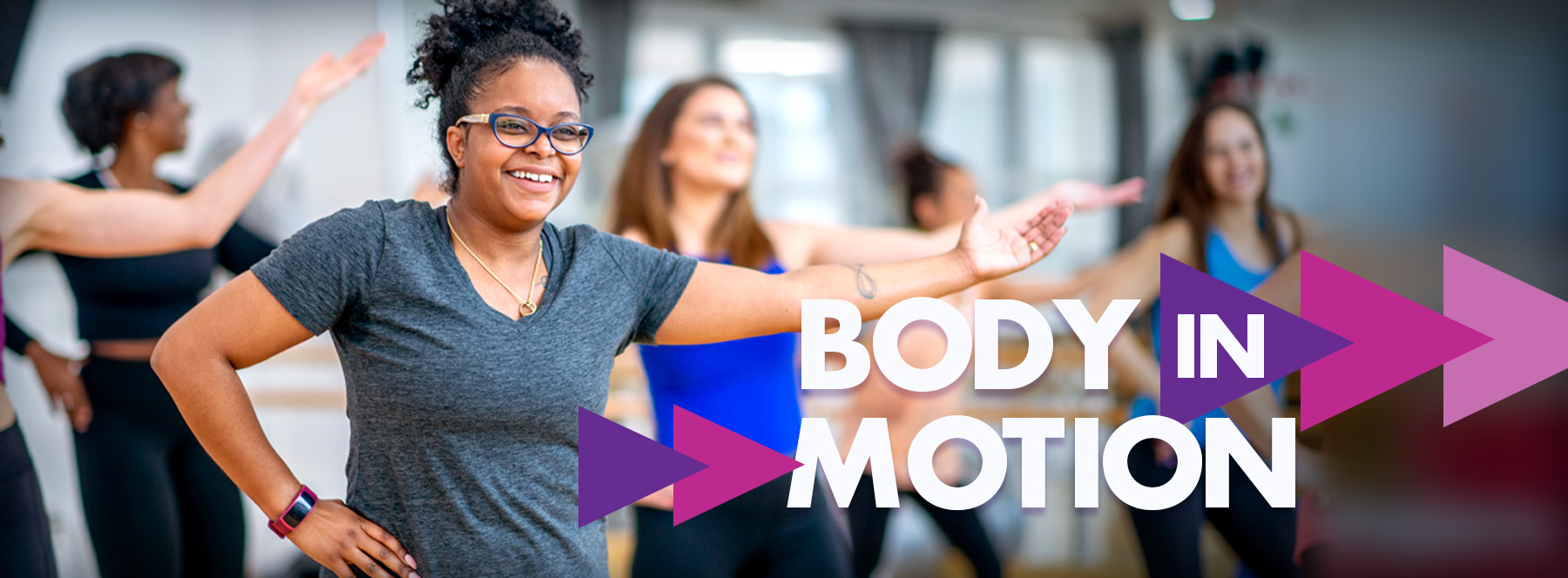‘Don’t just sit there’ after holidays are over, fitness experts say
Returning to work mode after Christmas and New Year’s often means trading one seated position for another – usually from a place at the dinner table to an office chair.
But whether it’s parking farther from the office or taking the stairs more often, it’ll feel just as good to move around more at work as it did to indulge in those scrumptious holiday meals, according to the experts in physical and mental health.

“Don’t just sit there,” said Rachel Dear, physical therapist and assistant director of the Center for Integrative Health at University of Mississippi Medical Center. “Bottom line, adults should move more and sit less throughout the day. Some physical activity is better than none. And adults who sit less and do any amount of moderate-to-vigorous physical activity gain some health benefits.”
Effective strategies for incorporating exercise into an otherwise sedentary work setting include:
- START OUT STRONG, FINISH STRONG
Consider choosing a parking space not too close to your office entrance. This of course means allowing yourself enough time for the longer walk, but it can increase your number of daily steps and overall physical activity right out of the gate each morning. The evening walk to your vehicle can act as a “walking winddown” before heading home. - DON’T JUST SIT THERE
Set a reminder on the hour and take a five-minute posture break. Changing postures is important in preventing musculoskeletal injuries. This can be performing 10 sit-to-stands, or taking a three- to five-minute walk around the office. If standing up is asking too much, simply use both arms to press down on the armrests of your chair and lift up your bottom to unload your spine a few times for 30-second intervals. Dear has also created a few lower-body exercises anyone can do from the comfort of a sitting position at a desk. - HAVE A PARTNER IN CRIME
Find a buddy at work and come up with a realistic plan that you can execute together. Walking three days a week during lunch break or daily stretches in the morning and afternoon will help you stick more closely to a healthy routine. - TAKE THE STAIRS
Consider allowing enough time in the mornings and afternoons to skip the elevator and take the stairs to and from your office. This is a great way to increase cerebral blood flow which increases mental clarity — a perfect way to start and end your day.
Another easy way to keep any body shape work-ready is stretching.
Dynamic stretching techniques involve moving your arms or legs to their full range of motion. Doing so to loosen muscles tightened by sitting or from any number of life-related stressors can have far-reaching positive health effects, including preventing nagging soft-tissue injuries.
“These stretches are a perfect way to get the most bang for your buck,” Dear said. “These stretches incorporate movements that challenge your balance strength and endurance while they improve your flexibility. They take less than 10 minutes to perform and are a great tool for the whole family.”
So-called static stretching means holding a limb in a certain position to relax and lengthen a muscle. Those are good for “recovery days,” usually less physically active days of the week. Static stretches can help prevent low back pain for people who spend the majority of their time sitting.
It’s recommended adults do at least 150 minutes, or 2 ½ hours, of moderate-intensity aerobic physical activity per week, according to Physical Activity Guidelines published by the Centers for Disease Control and Prevention. For muscle strengthening, the recs say some form of activity involving all major muscle groups twice a week is best. A simple strength program involving body weight resistance is a great way to meet this requirement.
Starting at least a moderate, self-regulated exercise regimen can help shake the rust off under-utilized muscles and joints, plus, recent studies have shown, possibly lessen the risk of the most negative effects of communicable diseases including COVID-19. Dear points to several resources for getting started, including the American Heart Association’s six-week walking program.
“As a physical therapist who has been prescribing exercise programs for people for more than 25 years, I have heard every justification in the book as to why people don’t exercise,” Dear said. “Pain from doing basic exercises is usually a sign there’s been a lack of physical activity. Being tired is actually a reason to exercise, as research has shown natural endorphins and enkephalins released during exercise increase our energy level and combat fatigue.”
Mental barriers to regular exercise can also extend to social pressures and body image – factors psychologists say are often stated as legitimate reasons to stay seated and avoid movement.

“We see especially with patients who equate any kind of exercise with going out in public to a gym, so they feel anxious or intimidated,” said Dr. Danny Burgess, director of the Center for Integrative Health. As an instructor, Burgess is an associate professor in the Department of Psychiatry and Human Behavior.
“They can see they might not look like everyone else in the gym, whether they’re actually going to one or not,” Burgess said. “So, it’s good to have people set their own pace and timeline for things like walking and stretching. What you hope to see is the kind of confidence that comes with knowing what they’re doing matters.”
Changing the way people think about exercise from a mental standpoint can remove other kinds of barriers, he said, adding make-or-break New Year’s resolutions to have more healthy habits often end in failure due to human nature.
“At this time of year, we see and hear people making those resolutions and trying to adhere to them strictly on emotion and motivation,” he said. “But, strengthening your self-discipline is more effective. The biggest challenge with any health-related activity is consistency.”
The above article appears in CONSULT, UMMC’s monthly e-newsletter sharing news about cutting-edge clinical and health science education advances and innovative biomedical research at the Medical Center and giving you tips and suggestions on how you and the people you love can live a healthier life. Click here and enter your email address to receive CONSULT free of charge. You may cancel at any time.



